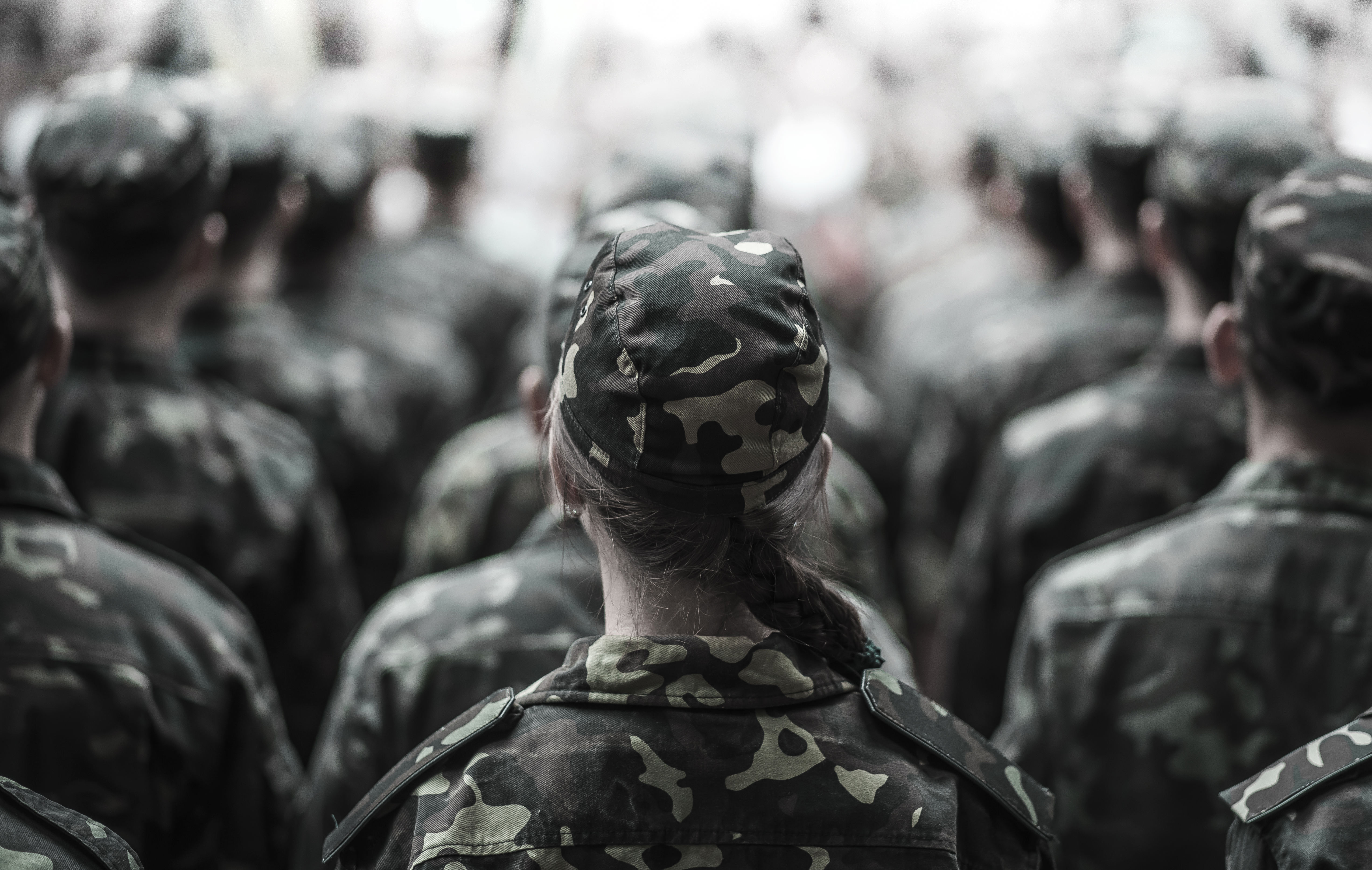
A versatile organisation: Mapping the military’s core roles in a changing security environment

What roles are military institutions expected to play in today’s rapidly changing security environment? How are they supposed to interact with the society they are tasked to protect? These questions have been posed by classical military sociologists as well as by a newer generation of scholars. Yet so far, a comprehensive mapping of the military’s potential roles in contemporary society is missing. In this article we contribute to an update of this debate by providing a categorisation of the different roles and tasks that the military institution plays in current industrialised democratic states. We identify three core roles, each divided into subroles, by drawing on an extensive reading of 70 National White Papers and Security Strategies from 37 OECD member states: (collective) defence, collective security, and aid to the nation. We analyse how these roles and tasks influence recent configurations in civil-military relations. This study thereby contributes with: (1) a useful illustration of the military’s shifting roles and tasks in contemporary society; (2) increased understandings of how the different roles impact civil-military relations and related to this; and (3) a practical starting point for further analyses of the military organisation’s internal challenges related to its, at times, contradictory roles.
This article was first published in Cambridge.org.
(Photo credit : Shutterstock)